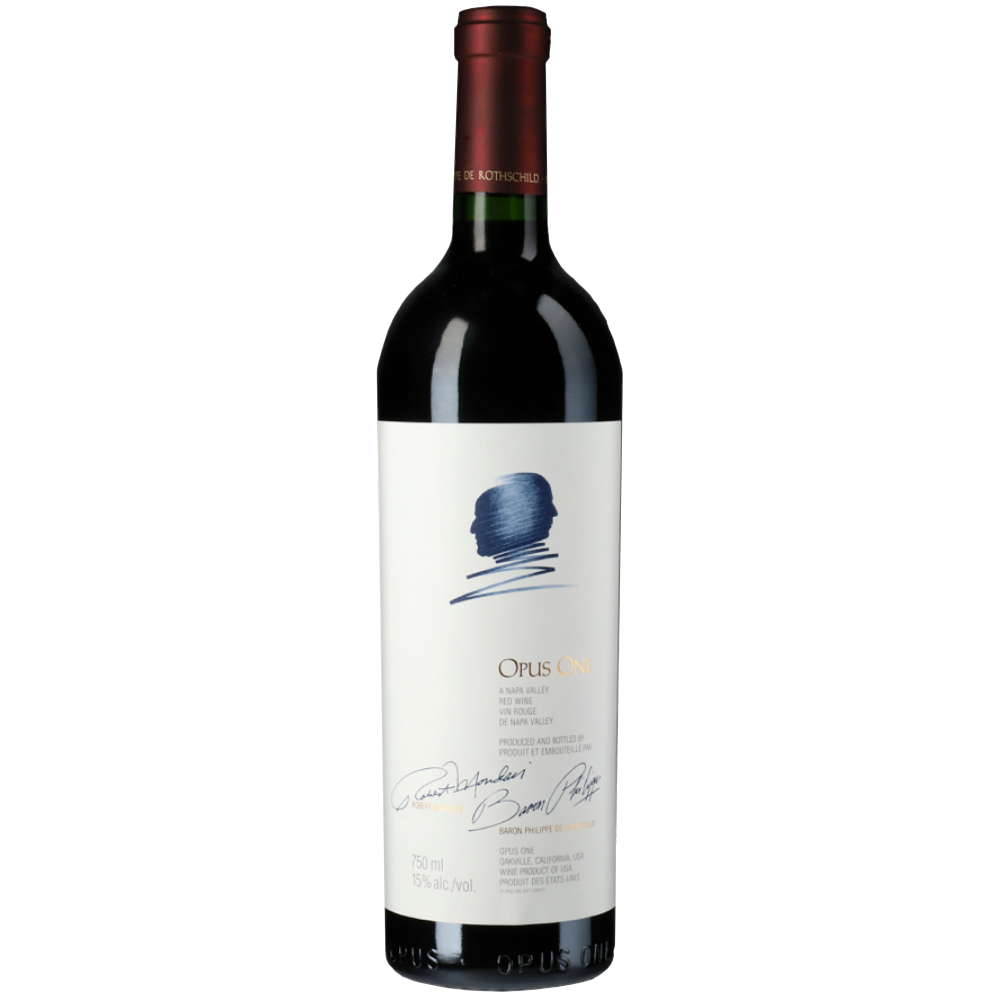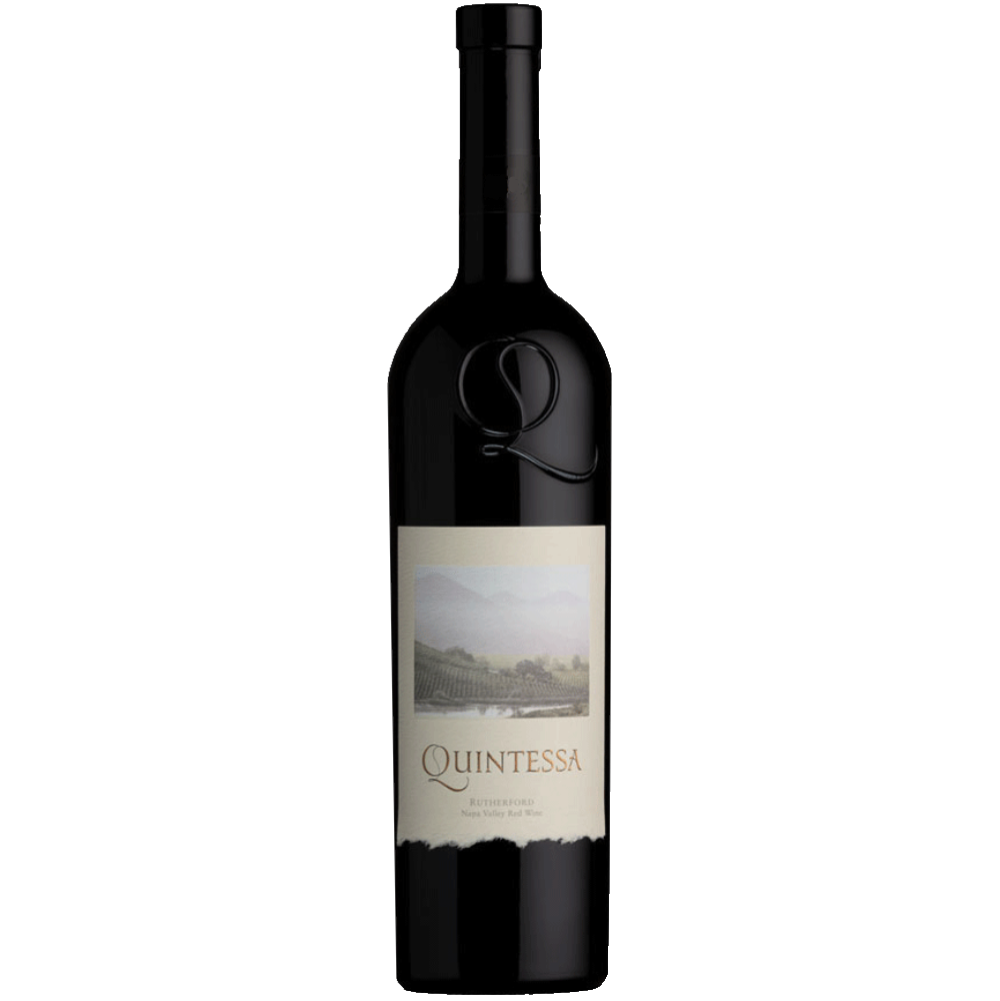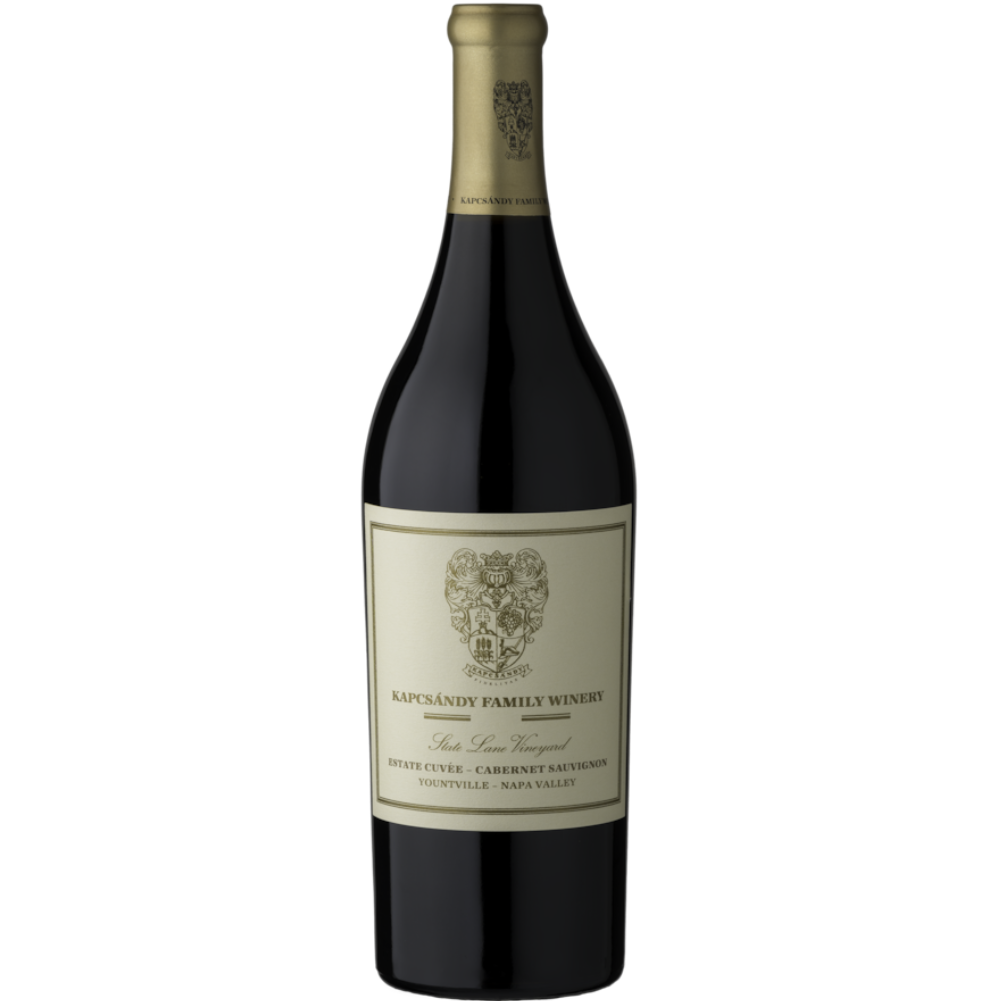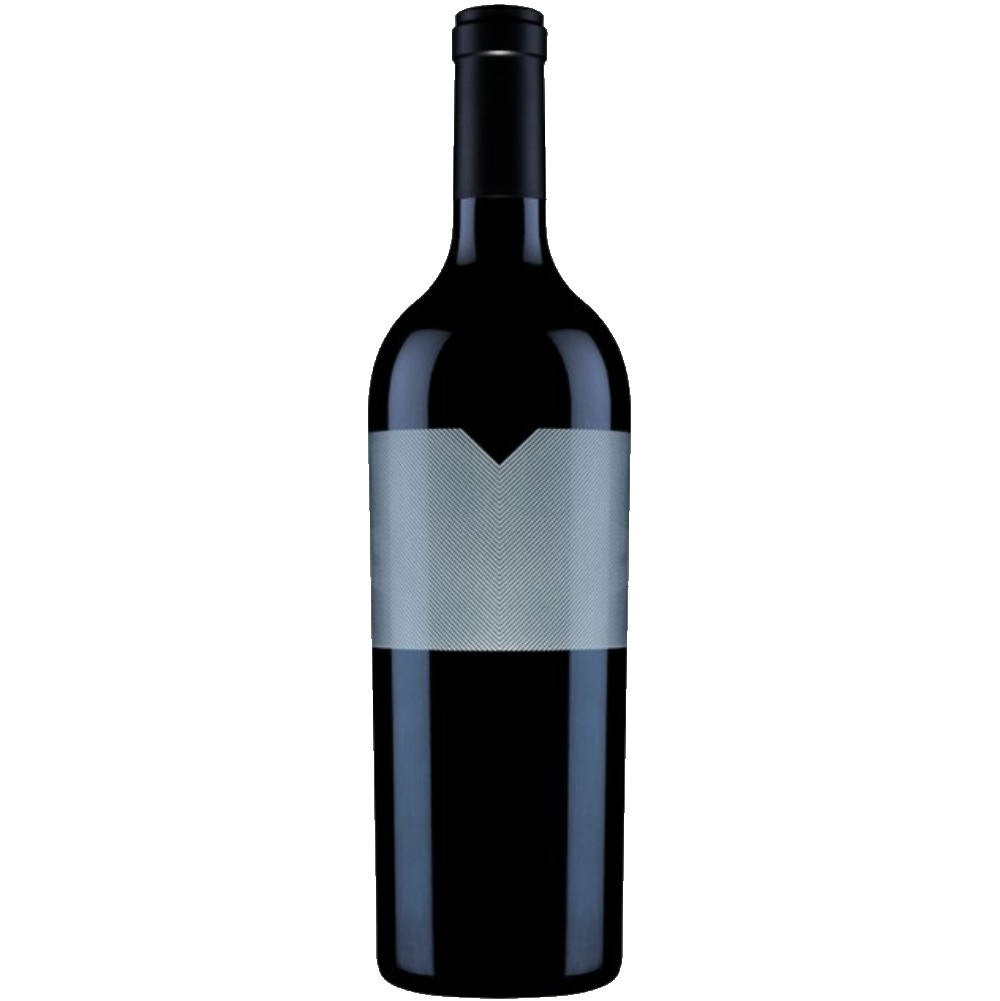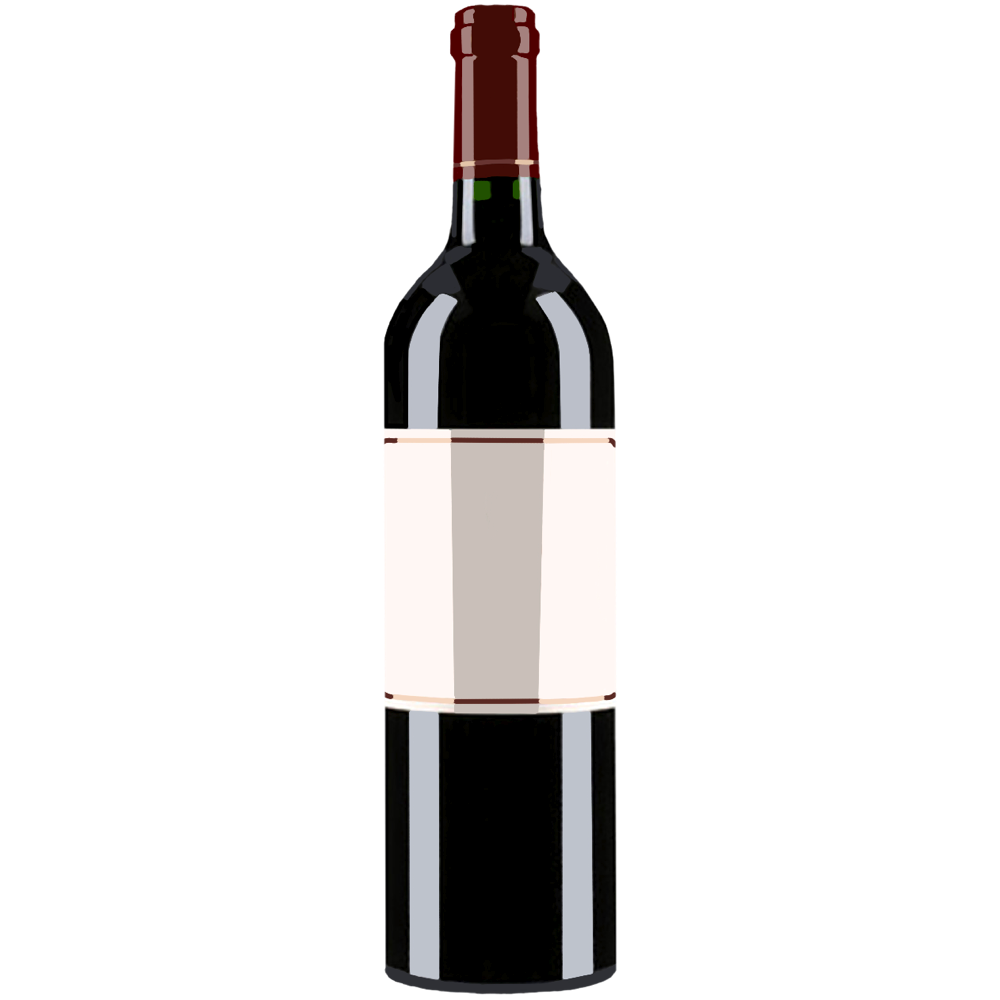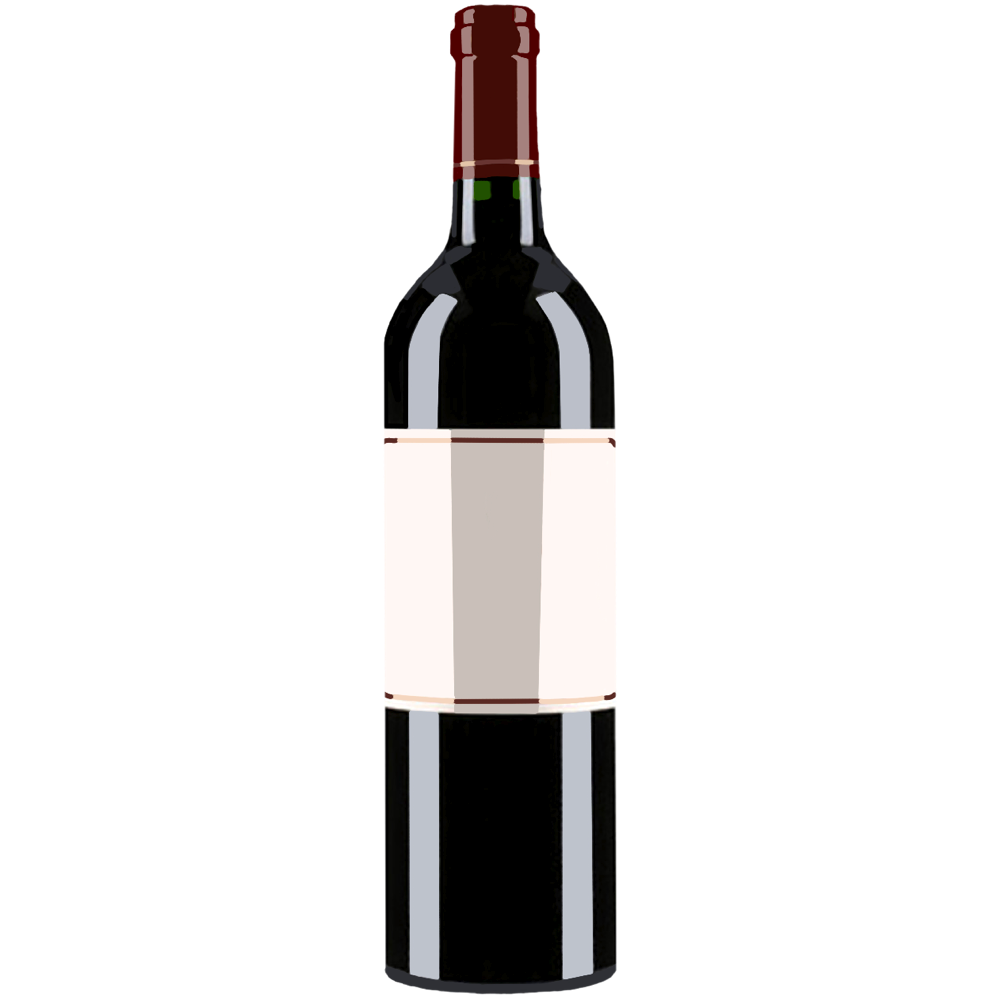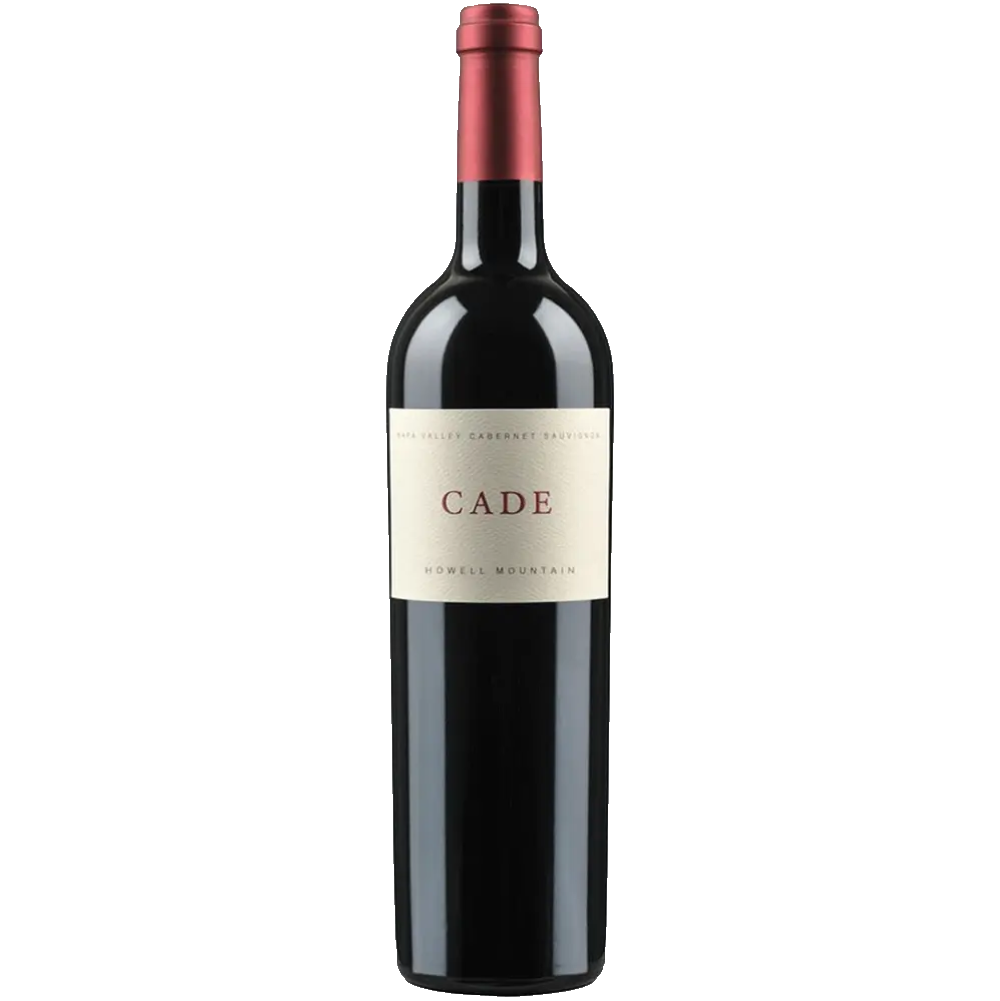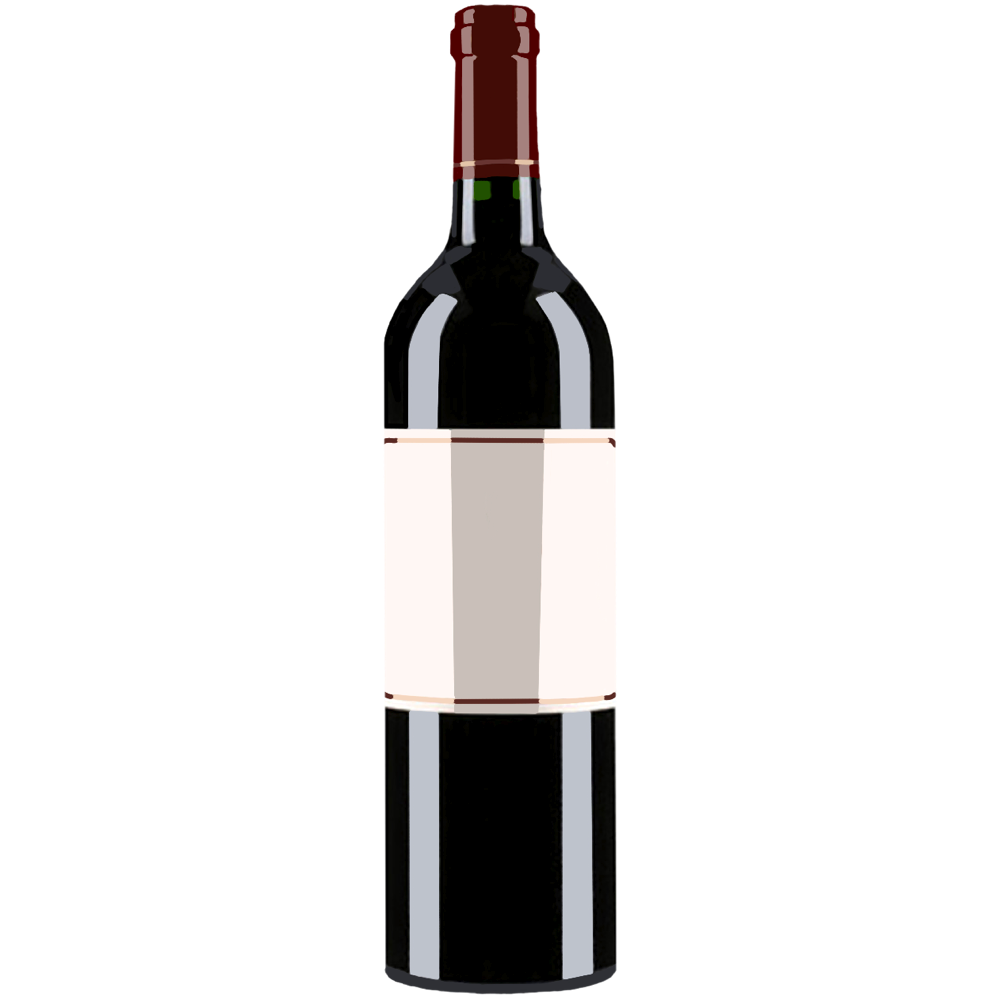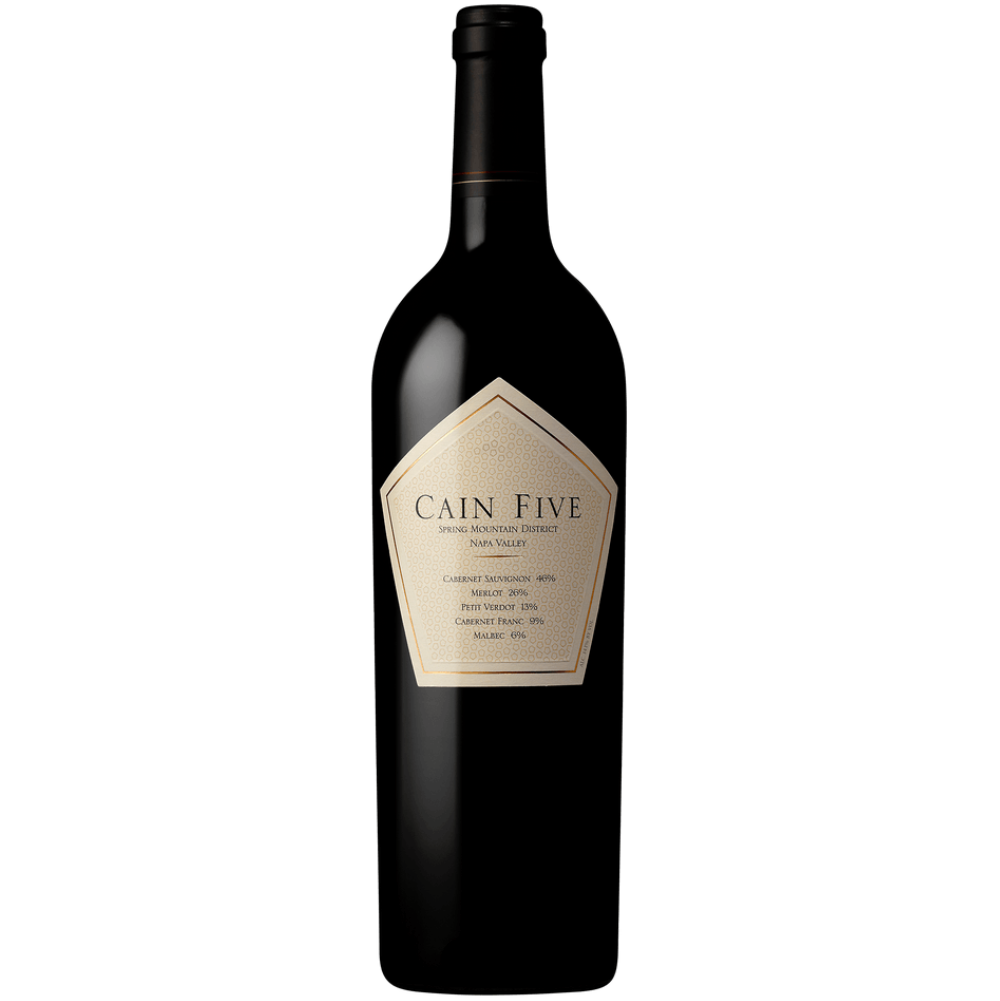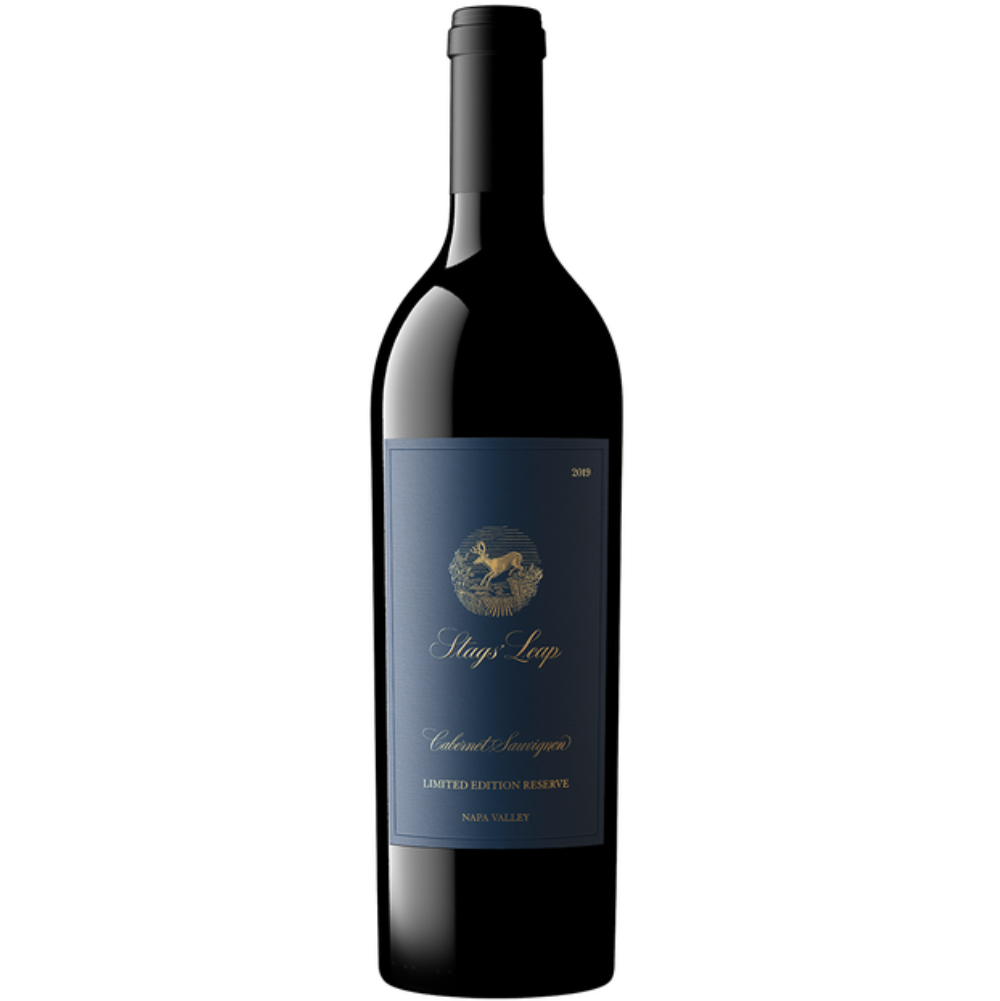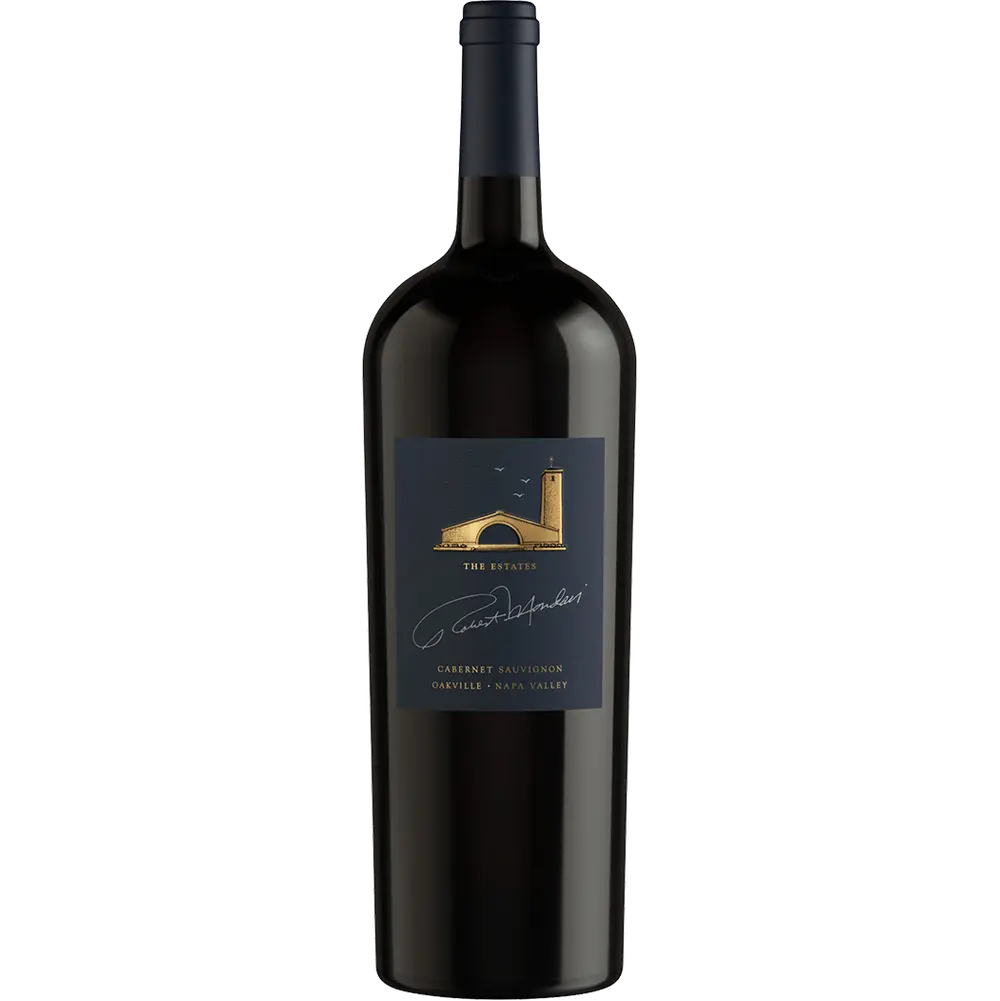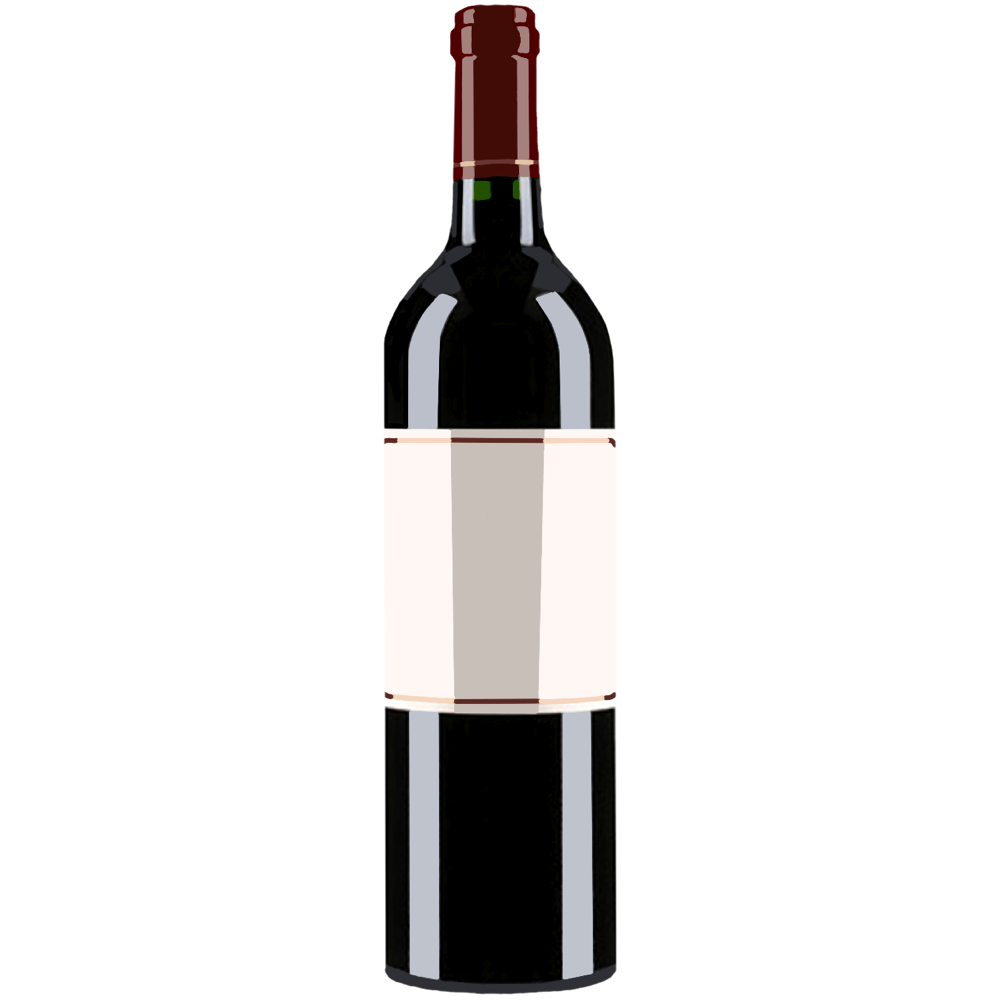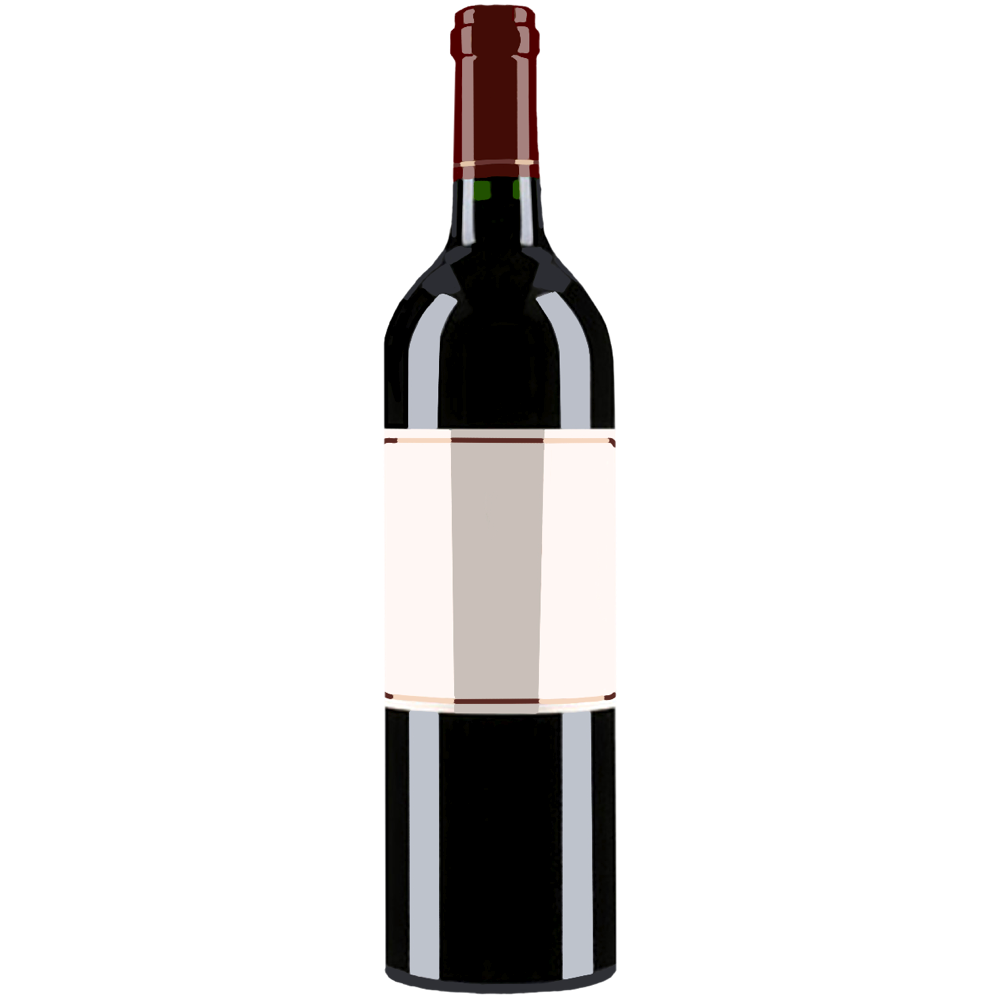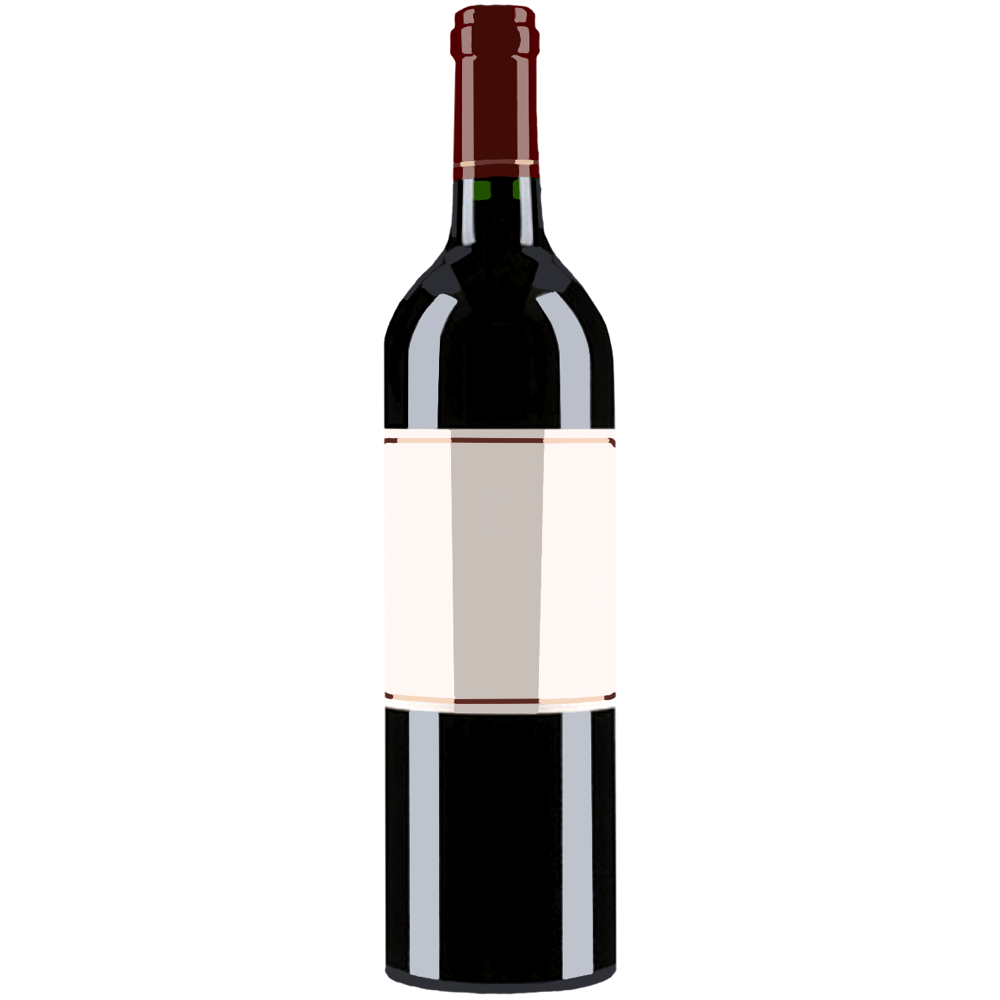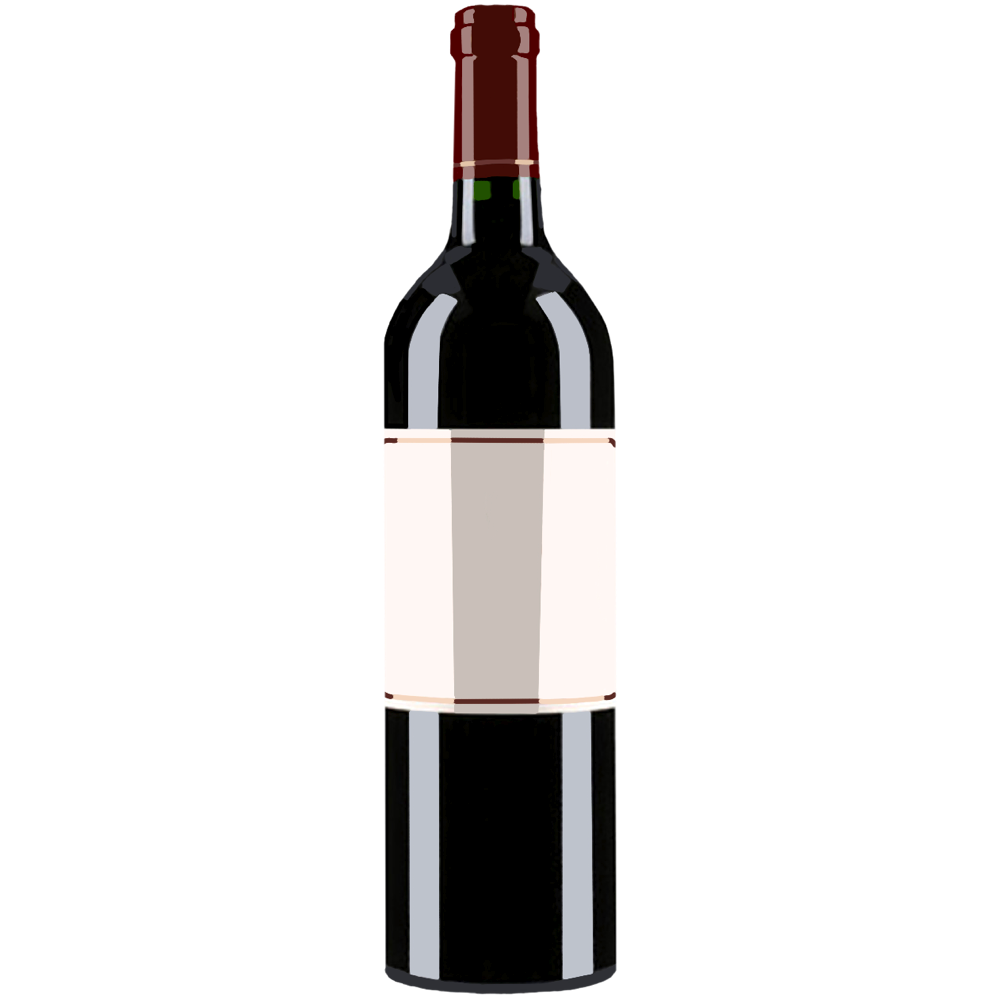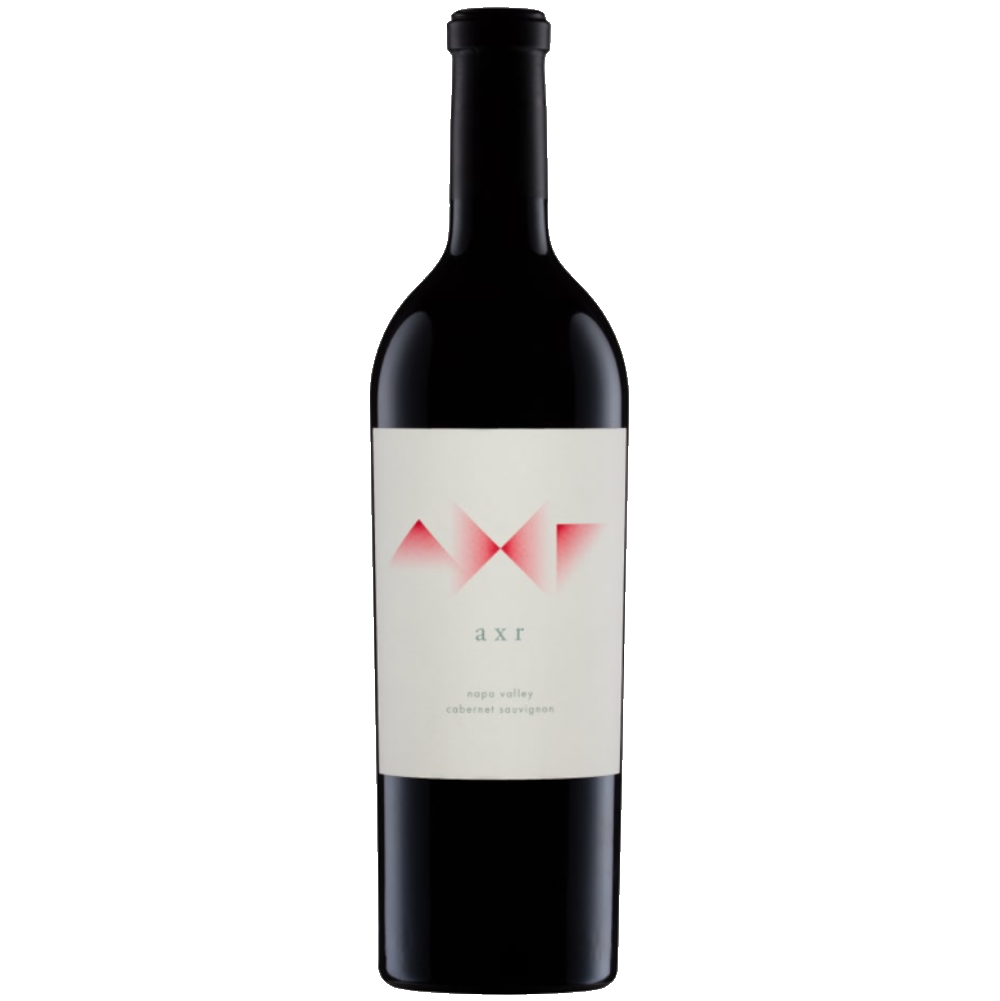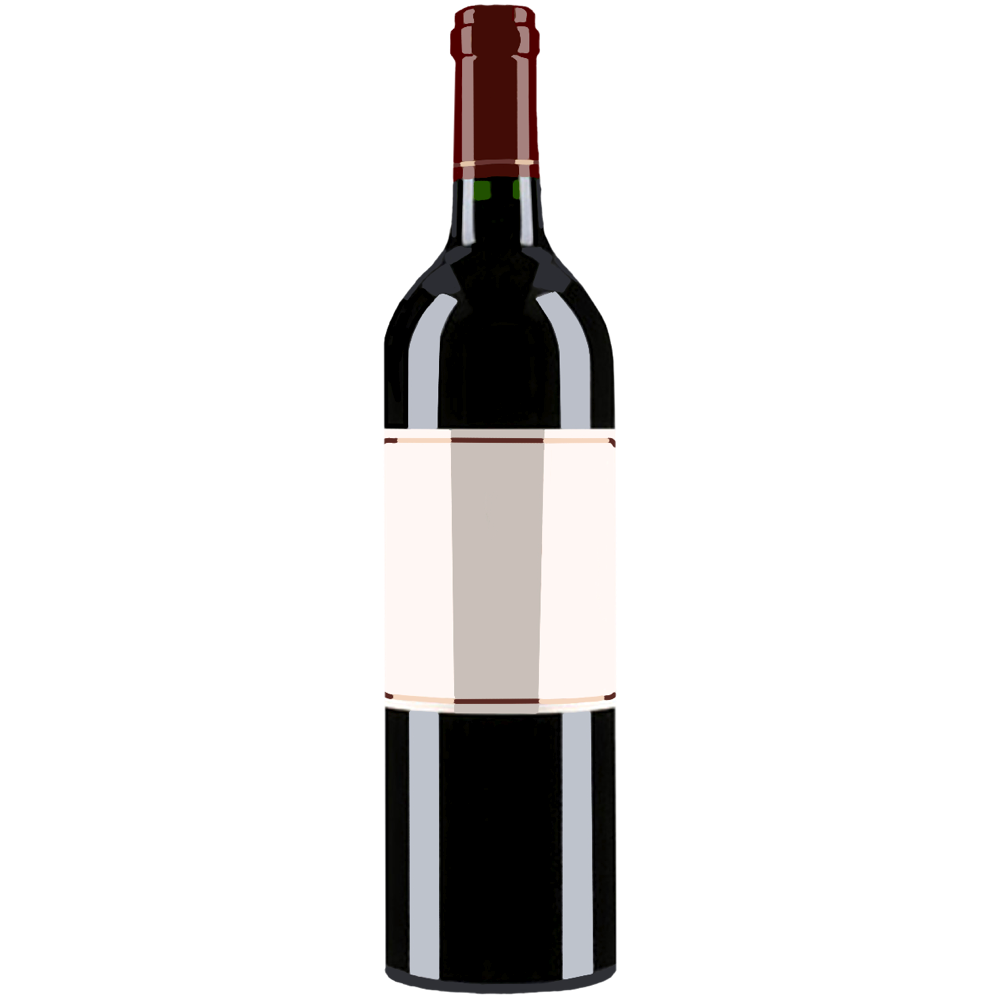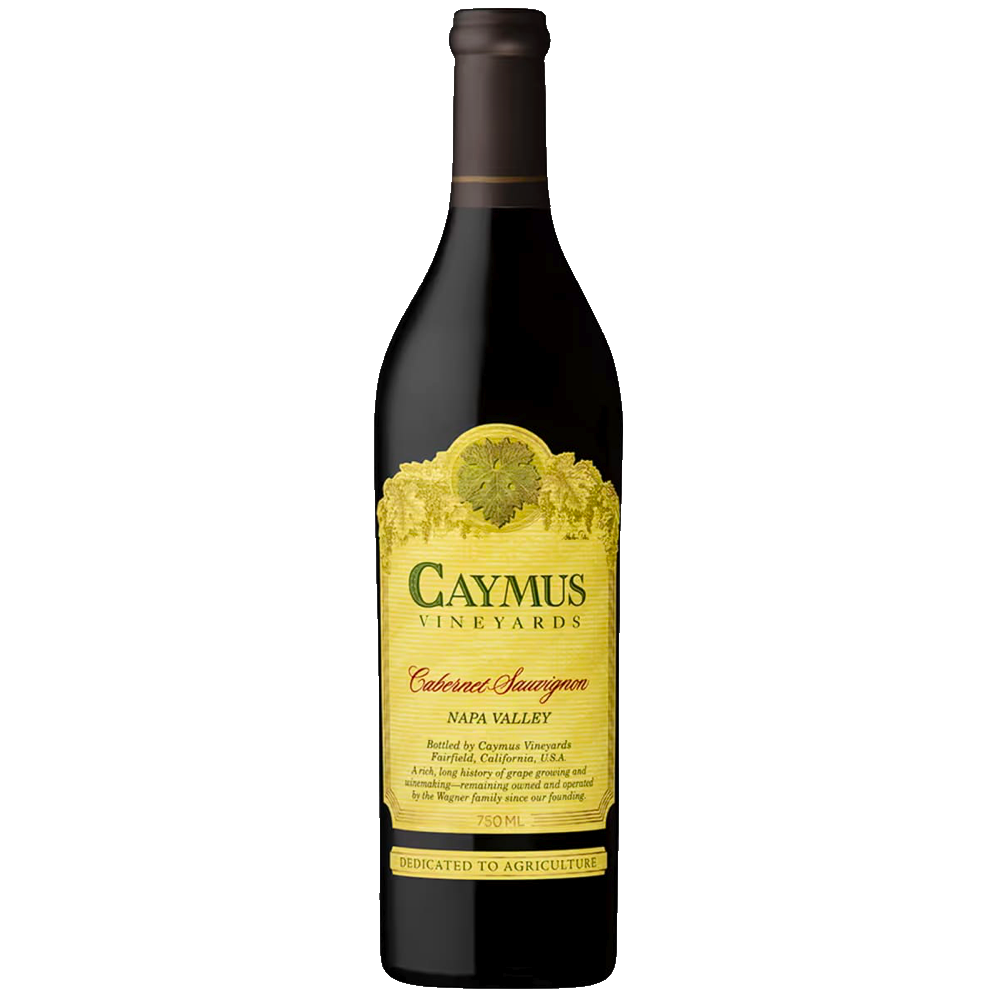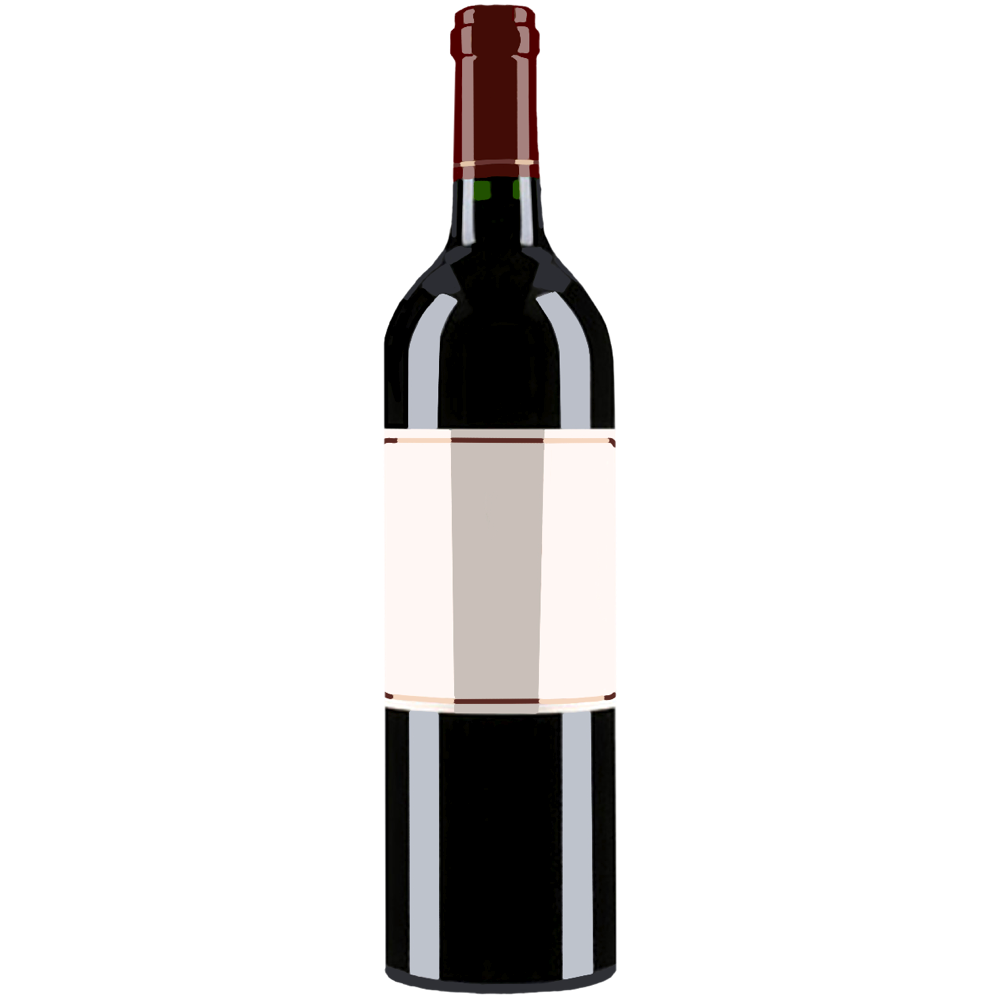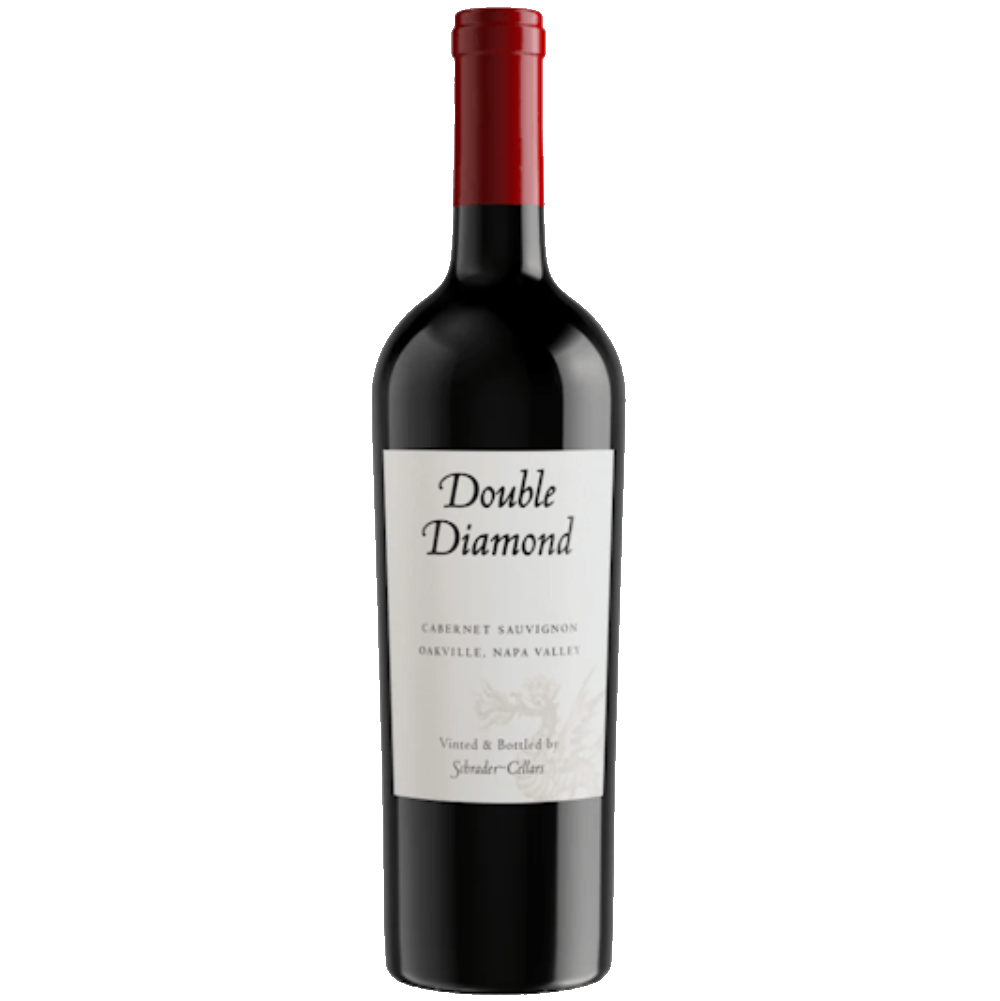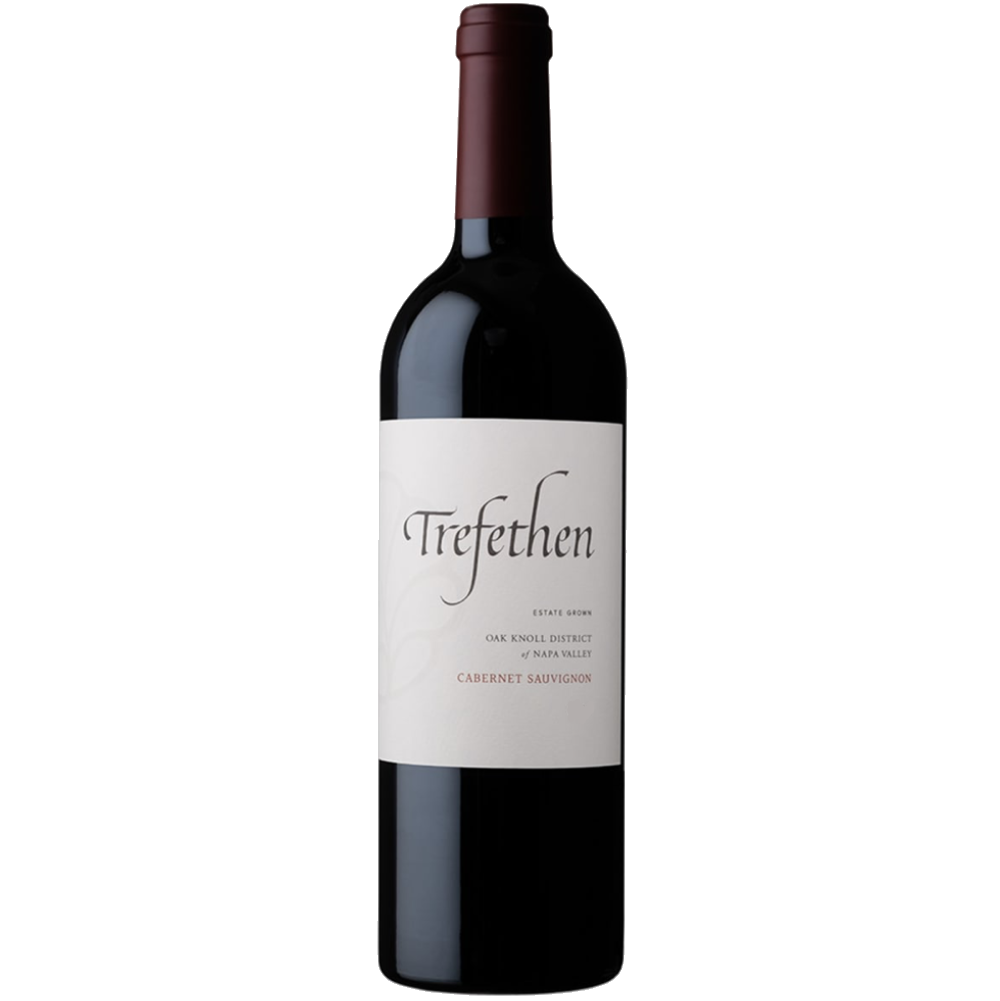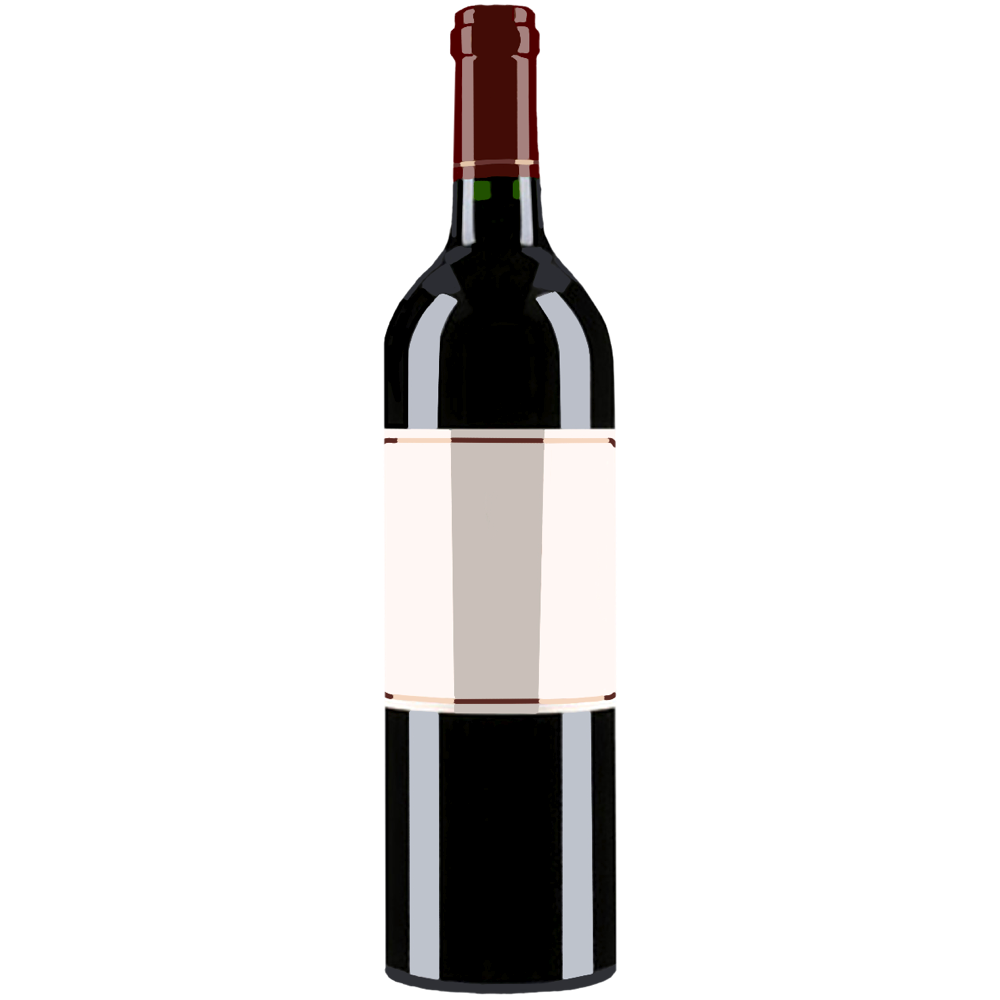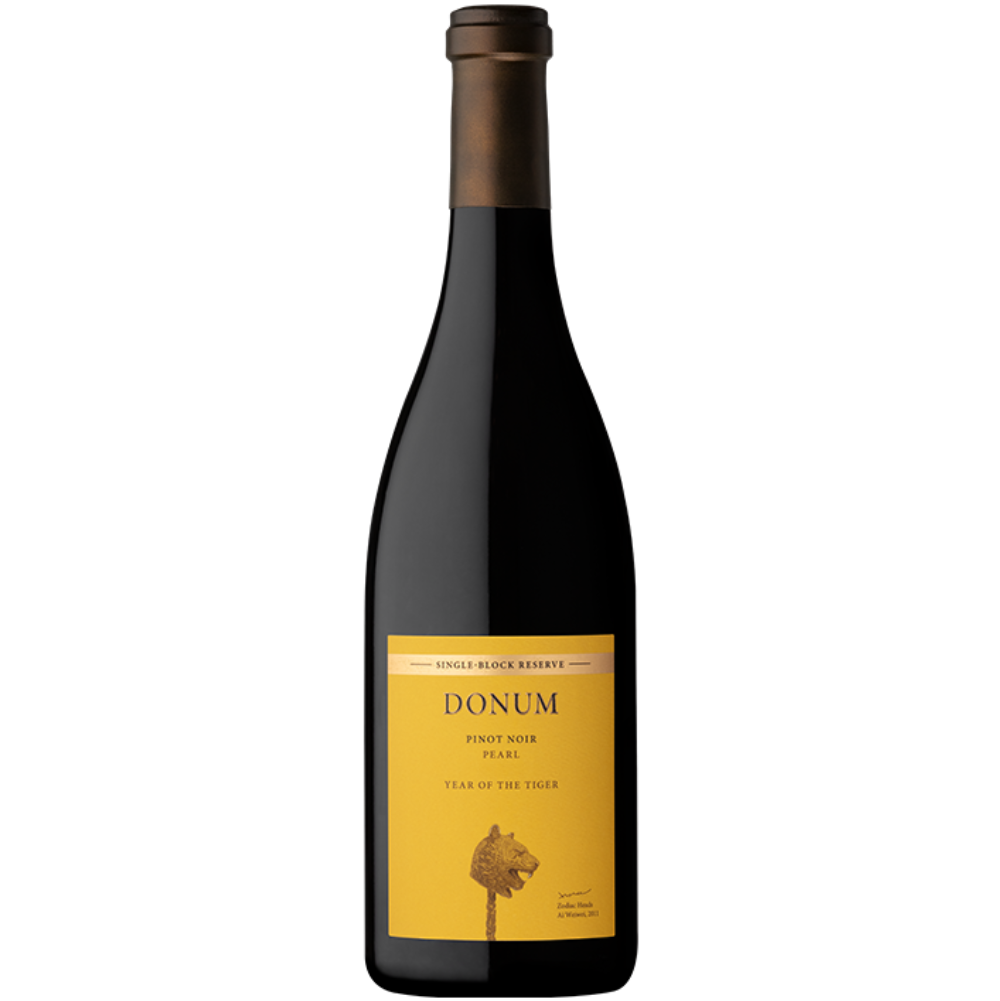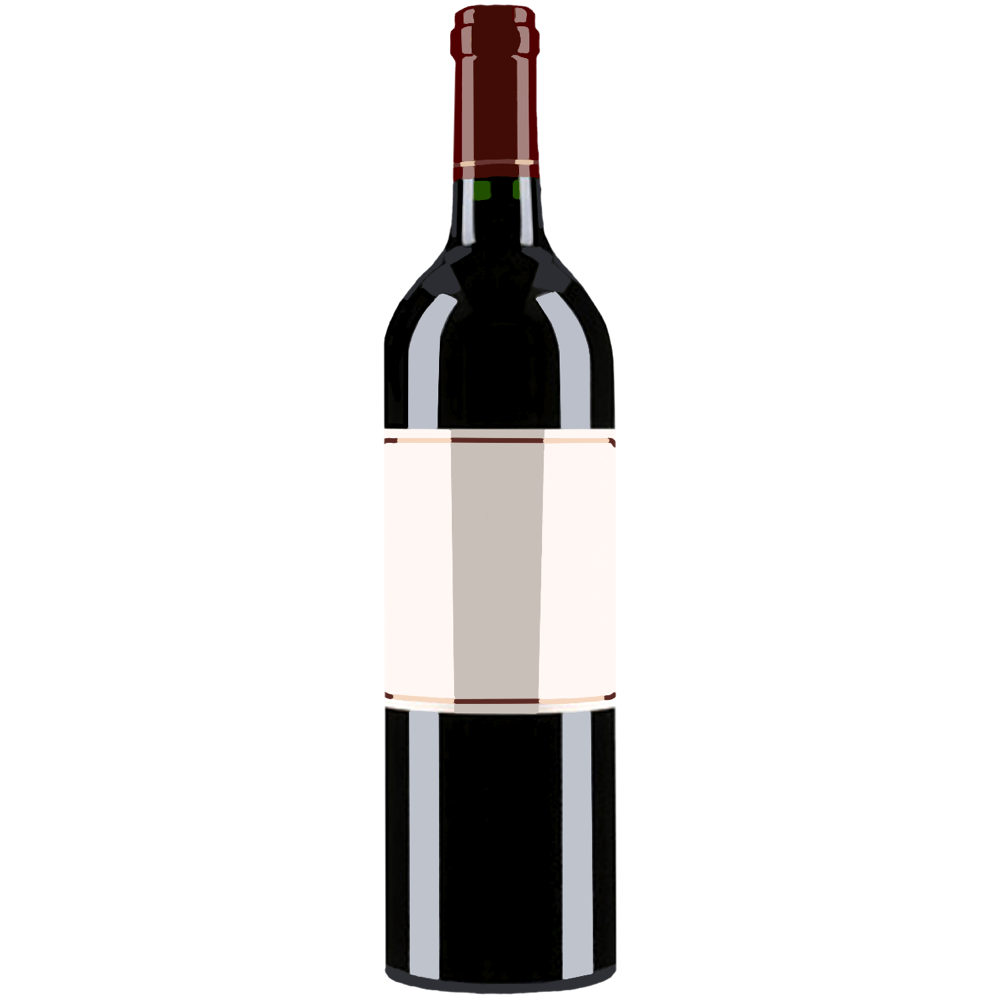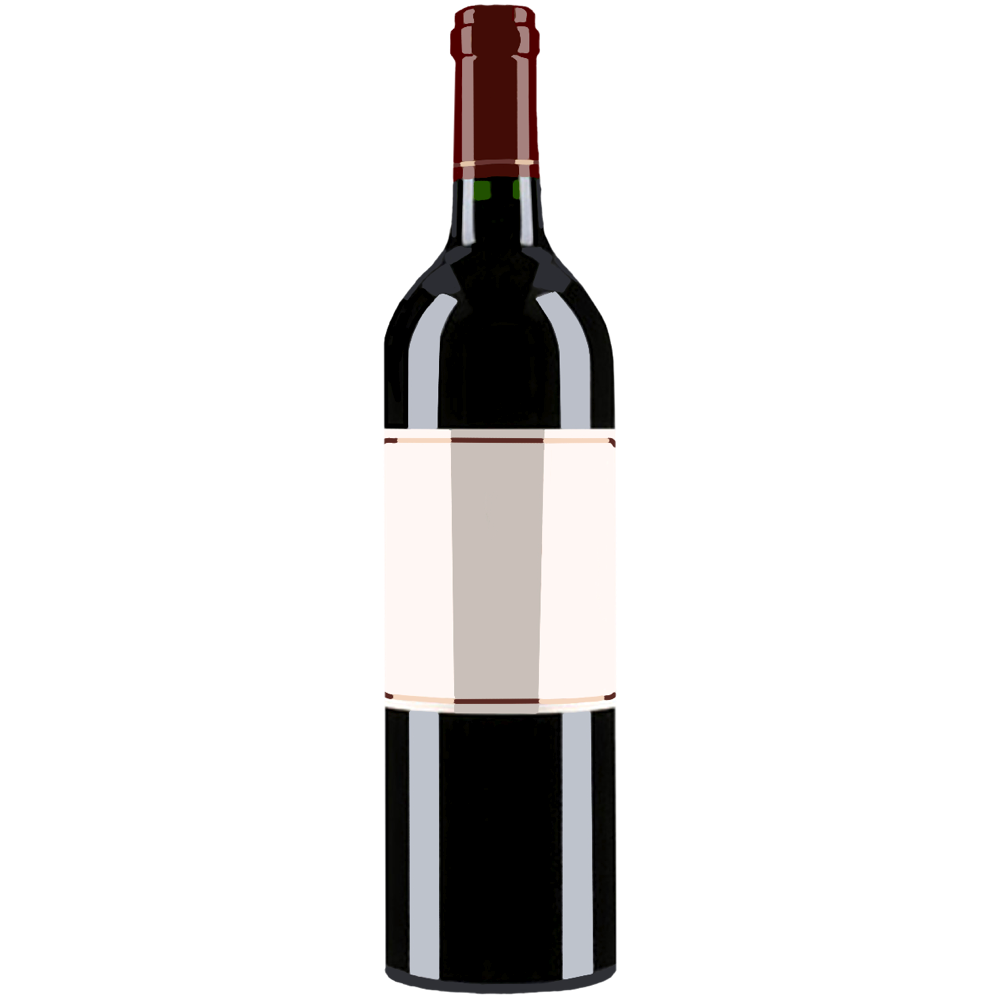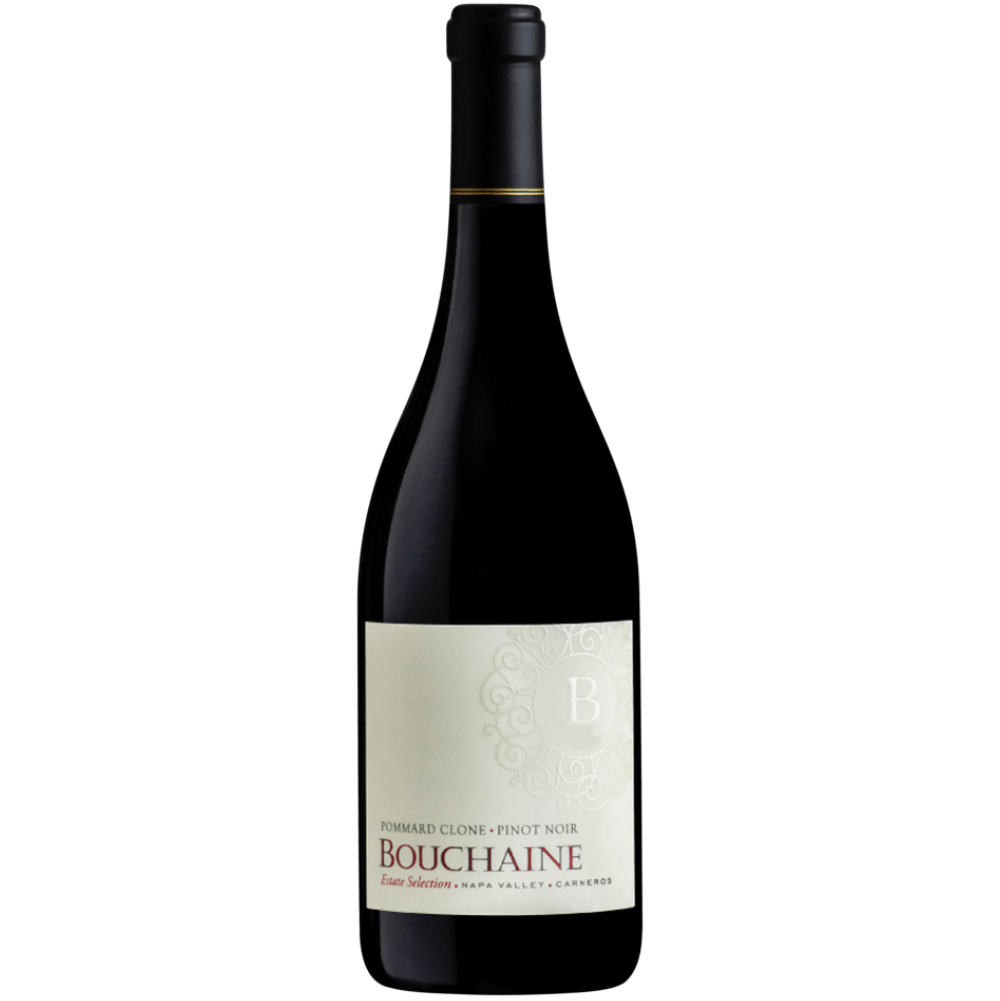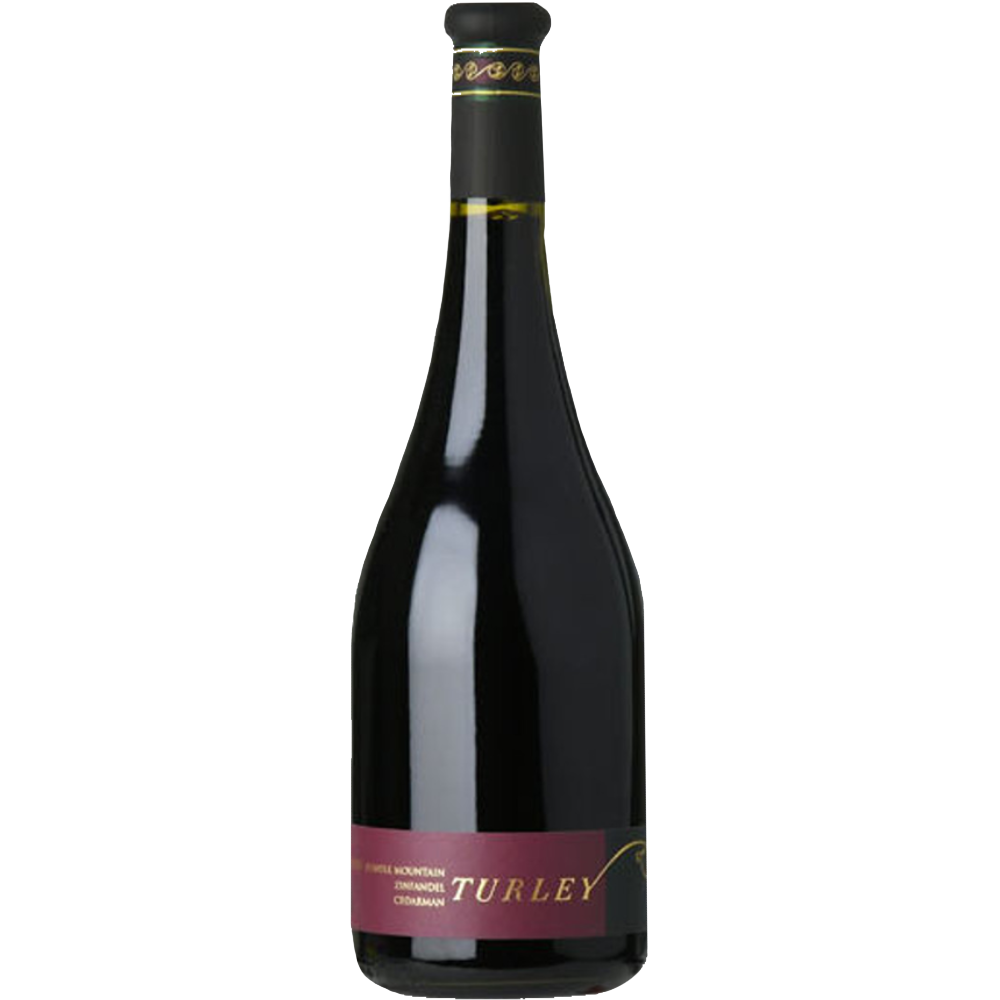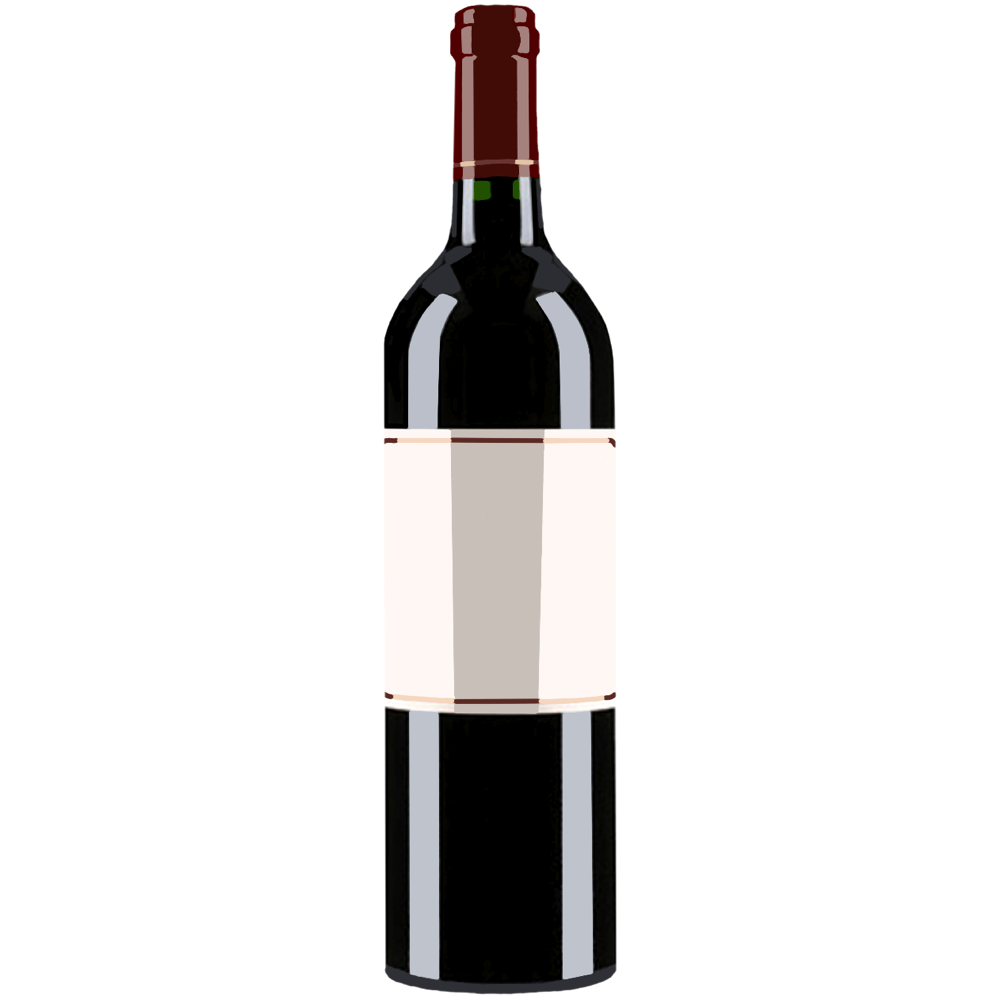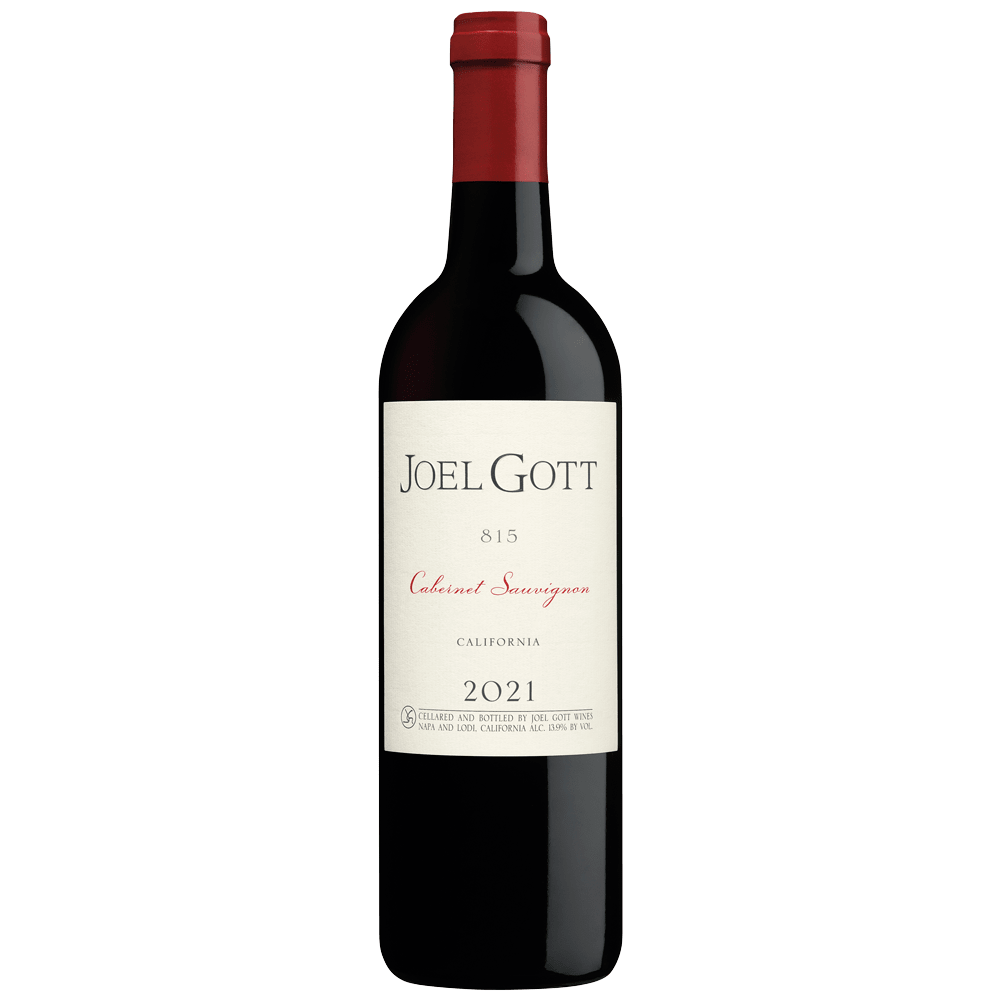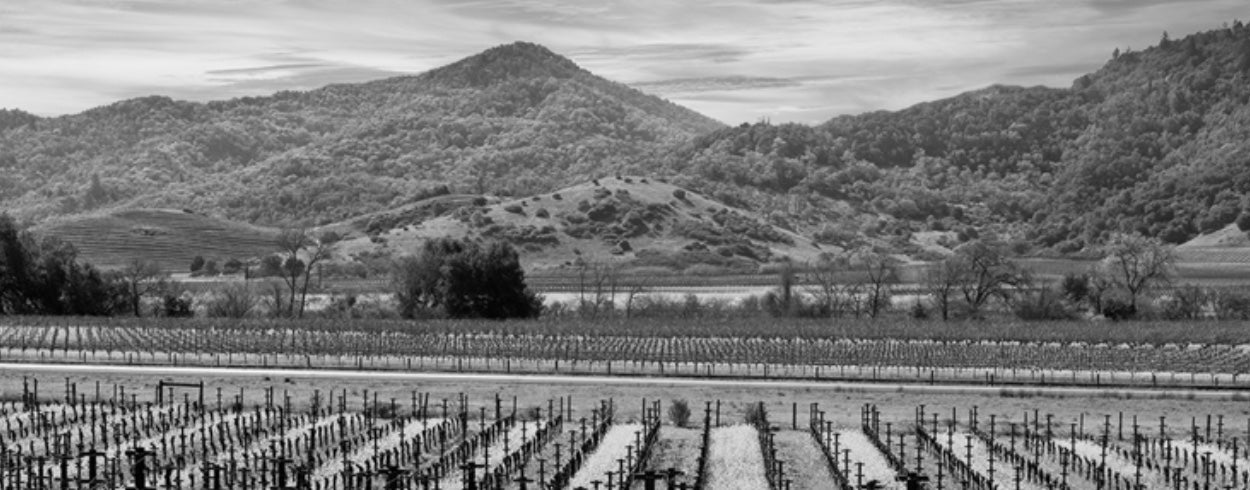
Napa
Sort by
30 products
Filters
Kapcsandy Family Winery
State Lane Vineyard
Sale price$230.00
Mount Veeder Winery
Reserve
Sale price$145.00
Schafer
Relentless
Sale price$130.00
Cade
Howell Mountain Estate
Sale price$130.00
Cade
Howell Mountain Estate Cabernet Sauvignon
Sale price$120.00
Cain Vineyard & Winery
Cain Five
Sale price$120.00
Stags' Leap
Limited Edition Reserve Cabernet Sauvignon
Sale price$120.00
Robert Mondavi
Oakville Cabernet Sauvignon
Sale price$110.00
AXR
V Madrone Vineyard Cabernet Sauvignon
Sale price$100.00
Robert Mondavi
Oakville Cabernet Sauvignon
Sale price$100.00
Inglenook
Rutherford Cabernet Sauvignon
Sale price$100.00
Cakebread
Cabernet Sauvignon
Sale price$90.00
AXR
Napa Valley Cabernet Sauvignon
Sale price$90.00
Louis M. Martini
Napa Valley Cabernet Sauvignon
Sale price$85.00
Caymus
Napa Valley Cabernet Sauvignon
Sale price$80.00
Groth
Oakville Cabernet Sauvignon
Sale price$80.00
Schrader
Double Diamond
Sale price$80.00
Trefethen
Oak Knoll Cabernet Sauvignon
Sale price$75.00
Sequoia Grove
Cabernet Sauvignon
Sale price$65.00
Donum Estate
Pearl Single Block Reserve
Sale price$65.00
Keenan
Napa Valley Cabernet Sauvignon
Sale price$60.00
Oakville Ranch
Cabernet Sauvignon
Sale price$60.00
Nickel & Nickel
Harris Vineyard Merlot
Sale price$60.00
Bouchaine
Dijon Clone Estate Selection
Sale price$60.00
Turley Wine Cellars
Cedarman
Sale price$45.00
The Ringer
Cabernet Sauvignon
Sale price$25.00
[
{
"wine_name": "Opus One",
"vintage": "2017",
"winery": "Opus One",
"url": "/products/opus-one?variant=48035404808509",
"count": "1"
},
{
"wine_name": "Quintessa",
"vintage": "2014",
"winery": "Quintessa",
"url": "/products/quintessa?variant=47968616612157",
"count": "2"
},
{
"wine_name": "Quintessa",
"vintage": "2013",
"winery": "Quintessa",
"url": "/products/quintessa?variant=49765539545405",
"count": "3"
},
{
"wine_name": "State Lane Vineyard",
"vintage": "2005",
"winery": "Kapcsandy Family Winery",
"url": "/products/state-lane-vineyard?variant=49053916430653",
"count": "4"
},
{
"wine_name": "Profile",
"vintage": "2019",
"winery": "Merryvale",
"url": "/products/merryvale-br-profile?variant=48035438526781",
"count": "5"
},
{
"wine_name": "Reserve",
"vintage": "2017",
"winery": "Mount Veeder Winery",
"url": "/products/mount-veeder-winery-reserve?variant=49765390319933",
"count": "6"
},
{
"wine_name": "Relentless",
"vintage": "2010",
"winery": "Schafer",
"url": "/products/schafer-relentless?variant=49765383700797",
"count": "7"
},
{
"wine_name": "Howell Mountain Estate",
"vintage": "2018",
"winery": "Cade",
"url": "/products/howell-mountain-estate?variant=49053941858621",
"count": "8"
},
{
"wine_name": "Howell Mountain Estate Cabernet Sauvignon",
"vintage": "2018",
"winery": "Cade",
"url": "/products/cade-howell-mountain-estate-cabernet-sauvignon?variant=49765391073597",
"count": "9"
},
{
"wine_name": "Cain Five",
"vintage": "2016",
"winery": "Cain Vineyard & Winery",
"url": "/products/cain-five?variant=49053955916093",
"count": "10"
},
{
"wine_name": "Limited Edition Reserve Cabernet Sauvignon",
"vintage": "2019",
"winery": "Stags' Leap",
"url": "/products/stags-leap-br-limited-edition-reserve-cabernet-sauvignon?variant=48019408421181",
"count": "11"
},
{
"wine_name": "Oakville Cabernet Sauvignon",
"vintage": "2018",
"winery": "Robert Mondavi",
"url": "/products/oakville-cabernet-sauvignon?variant=49053930815805",
"count": "12"
},
{
"wine_name": "V Madrone Vineyard Cabernet Sauvignon",
"vintage": "2018",
"winery": "AXR",
"url": "/products/axr-v-madrone-vineyard-cabernet-sauvignon?variant=49765390975293",
"count": "13"
},
{
"wine_name": "Oakville Cabernet Sauvignon",
"vintage": "2018",
"winery": "Robert Mondavi",
"url": "/products/robert-mondavi-oakville-cabernet-sauvignon?variant=49765390909757",
"count": "14"
},
{
"wine_name": "Rutherford Cabernet Sauvignon",
"vintage": "2018",
"winery": "Inglenook",
"url": "/products/inglenook-rutherford-cabernet-sauvignon?variant=49765390876989",
"count": "15"
},
{
"wine_name": "Cabernet Sauvignon",
"vintage": "2021",
"winery": "Cakebread",
"url": "/products/cakebread-cabernet-sauvignon?variant=49765384749373",
"count": "16"
},
{
"wine_name": "Napa Valley Cabernet Sauvignon",
"vintage": "2018",
"winery": "AXR",
"url": "/products/napa-valley-cabernet-sauvignon?variant=49053933338941",
"count": "17"
},
{
"wine_name": "Napa Valley Cabernet Sauvignon",
"vintage": "2018",
"winery": "Louis M. Martini",
"url": "/products/louis-m-martini-napa-valley-cabernet-sauvignon?variant=49765391270205",
"count": "18"
},
{
"wine_name": "Napa Valley Cabernet Sauvignon",
"vintage": "2021",
"winery": "Caymus",
"url": "/products/caymus-napa-valley-cabernet-sauvignon?variant=49765394710845",
"count": "19"
},
{
"wine_name": "Oakville Cabernet Sauvignon",
"vintage": "2018",
"winery": "Groth",
"url": "/products/groth-oakville-cabernet-sauvignon?variant=49765390582077",
"count": "20"
},
{
"wine_name": "Double Diamond",
"vintage": "2021",
"winery": "Schrader",
"url": "/products/double-diamond?variant=49053949788477",
"count": "21"
},
{
"wine_name": "Oak Knoll Cabernet Sauvignon",
"vintage": "2020",
"winery": "Trefethen",
"url": "/products/oak-knoll-cabernet-sauvignon?variant=49053931766077",
"count": "22"
},
{
"wine_name": "Cabernet Sauvignon",
"vintage": "2018",
"winery": "Sequoia Grove",
"url": "/products/sequoia-grove-cabernet-sauvignon?variant=49765391302973",
"count": "23"
},
{
"wine_name": "Pearl Single Block Reserve",
"vintage": "2021",
"winery": "Donum Estate",
"url": "/products/donum-estate-pearl-single-block-reserve?variant=49765387403581",
"count": "24"
},
{
"wine_name": "Napa Valley Cabernet Sauvignon",
"vintage": "2018",
"winery": "Keenan",
"url": "/products/keenan-napa-valley-cabernet-sauvignon?variant=49765391237437",
"count": "25"
},
{
"wine_name": "Cabernet Sauvignon",
"vintage": "2018",
"winery": "Oakville Ranch",
"url": "/products/oakville-ranch-cabernet-sauvignon?variant=49765388845373",
"count": "26"
},
{
"wine_name": "Harris Vineyard Merlot",
"vintage": "2016",
"winery": "Nickel & Nickel",
"url": "/products/nickel-nickel-harris-vineyard-merlot?variant=49765383799101",
"count": "27"
},
{
"wine_name": "Dijon Clone Estate Selection",
"vintage": "2019",
"winery": "Bouchaine",
"url": "/products/bouchaine-br-estate-selection?variant=48026236518717",
"count": "28"
},
{
"wine_name": "Cedarman",
"vintage": "2021",
"winery": "Turley Wine Cellars",
"url": "/products/cerdarman?variant=46098639061309",
"count": "29"
},
{
"wine_name": "Cabernet Sauvignon",
"vintage": "2019",
"winery": "The Ringer",
"url": "/products/the-ringer-cabernet-sauvignon?variant=49765383274813",
"count": "30"
},
{
"wine_name": "815",
"vintage": "2019",
"winery": "Joel Gott",
"url": "/products/joel-gott-815?variant=46098611437885",
"count": "31"
}
]


